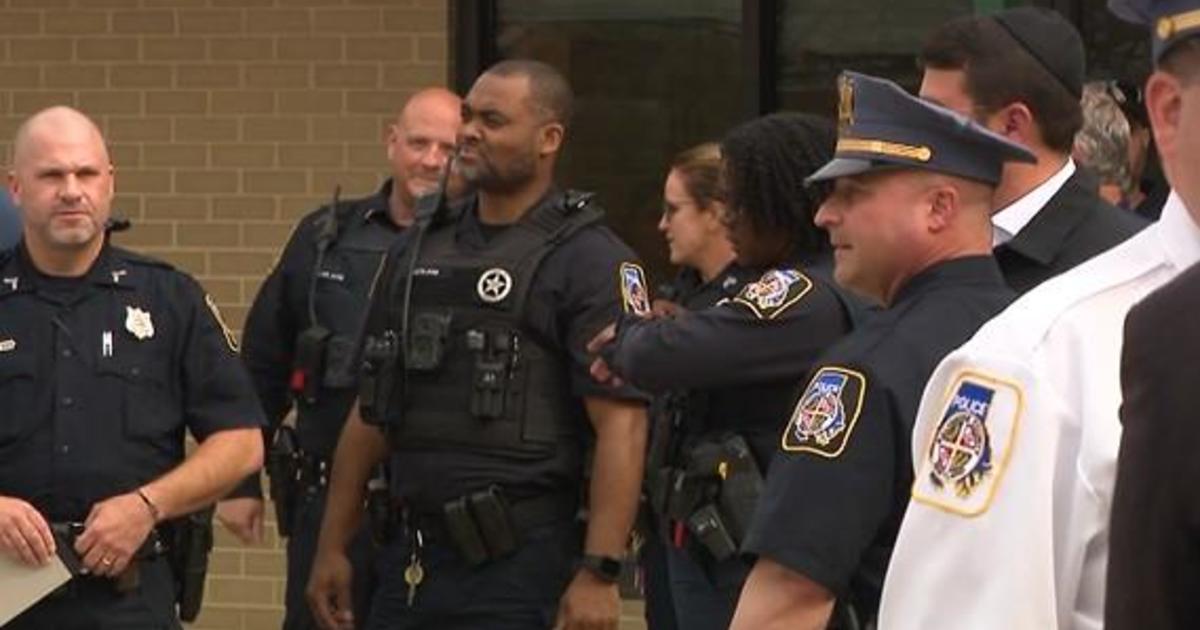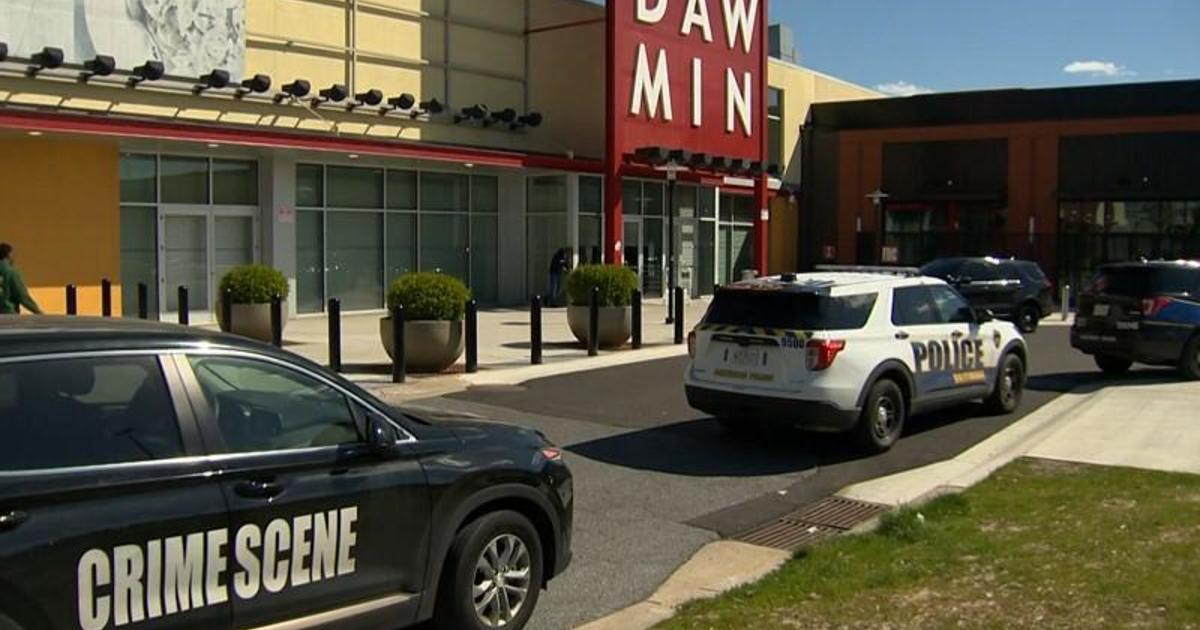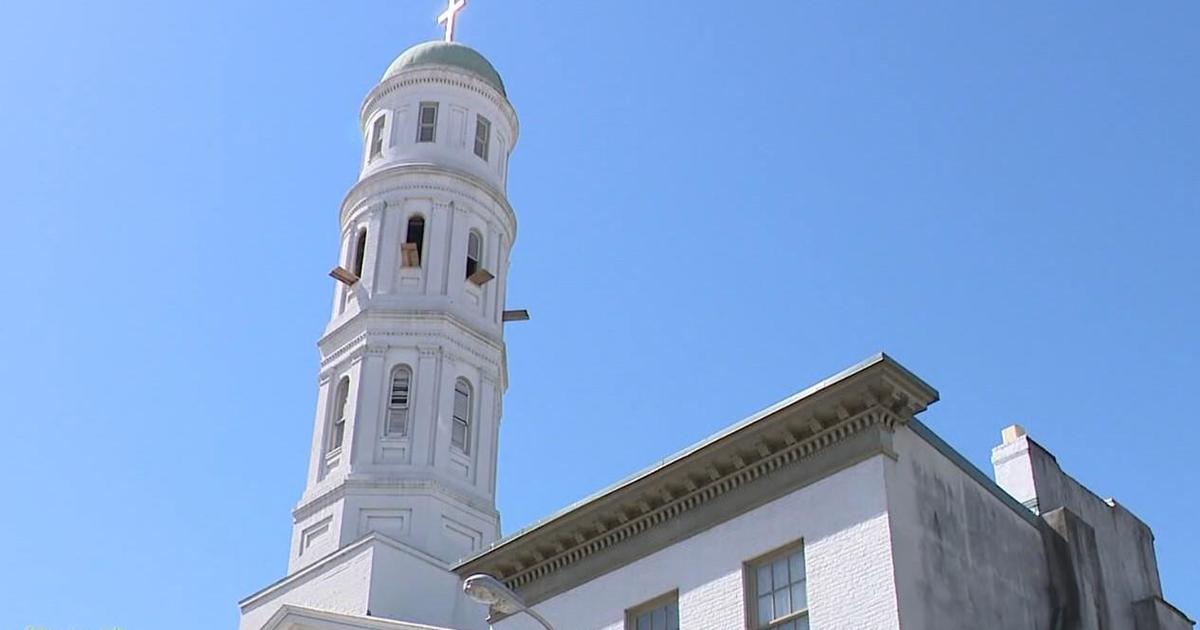Baltimore Fighting Against Beetle That Targets Its Ash Trees
By TIMOTHY B. WHEELER
The Baltimore Sun
BALTIMORE (AP) -- With the arrival of an invasive green Asian beetle in Baltimore, local governments and property owners are confronting tough -- and potentially costly -- choices about whether to try to save ash trees at risk of infestation or cut them down.
The culprit is the emerald ash borer, which could attack any of the 5 million to 6 million ash trees across the Baltimore metropolitan area. With the infestation already underway, City Hall is seeking a contractor to inject as many as 820 curbside ash trees with insecticide.
"We are taking the initial steps to deal with what's going to be a tragic situation," said Erik Dihle, the city's arborist.
Ash borers, which have shredded the urban forest canopy in communities across North America, have been found in 12 Maryland counties. They've killed millions of trees in 25 states, threatening the popular ash with the kind of devastation wrought decades ago by Dutch elm disease on another once-common urban tree.
"You're in for some bad times, probably," said Deborah McCullough, an entomologist at Michigan State University who began researching ash borers shortly after they turned up in the United States in 2002 near Detroit and in Ontario, Canada.
The adult borers, metallic green beetles, munch on ash leaves in spring, causing no major damage. It's their offspring, tiny immature larvae, that bore into the trees and, unseen from the outside, devour their inner bark, cutting off the flow of water and nutrients. By the time the dieback is apparent, the tree often is seriously weakened. It gradually starves to death, typically within a few years.
With emerald ash borers claiming their first victims in Baltimore -- including a pair of large trees cut down in Franklin Square Park -- the city is moving to protect some of its largest street trees.
City Hall took bids last week for treating hundreds of curbside ash trees by injecting an insecticide into the trunk. Inoculations could start by late June or early July.
McCullough and other experts urge homeowners and other landowners with ash trees to consult arborists for expert advice on treatment or removal. There's hope of saving many ash trees, if prompt action is taken to treat them.
Treatment costs depend on a tree's size, but injecting pesticide into the trunk can cost as little as $50 to a few hundred dollars for a big, old shade tree. The injections have to be repeated every two years or so. But the costs of removal and replacement, especially of a mature tree, is many times higher.
The insects have been in Maryland since 2003 -- brought in on trees from Michigan delivered to a Prince George's County nursery. Despite a pre-emptive effort to isolate that incursion by cutting down 42,000 ash trees, the borers spread across Central and Western Maryland. They were found last year in the city, in traps placed in Druid Hill Park and near Fort McHenry, and in Carroll County.
Only the Eastern Shore and Baltimore and Harford counties have yet to have a confirmed sighting. But experts caution that doesn't mean they aren't already there. To keep an eye out for them, the Maryland Department of Agriculture hung 15 purple traps in ash trees this spring in Baltimore and Harford counties, and it plans to distribute another 105 traps across the Shore, according to spokeswoman Julie Oberg.
Meanwhile, officials urge people not to transport logs or untreated firewood from one area to another, which may unwittingly spread the borers. The state also imposed a quarantine barring the shipment of potentially infested wood from areas where the beetles are established.
More than shade is at stake. With 5 million to 6 million ash trees estimated in the Baltimore area alone, the U.S. Department of Agriculture figures their cumulative loss from ash borer infestation could exceed $227 million.
Kevin Mullinary with Davey Tree Service said many homeowners in leafy city neighborhoods like Roland Park and Homeland are contacting him with questions about what to do.
"They're definitely here," said Mullinary, reporting that one of his arborists spotted the telltale D-shaped holes borer larvae make in an ash by Union Memorial Hospital. "This year, we're going to see some decline (in foliage) as summer progresses. These insects are feeding inside the trees as we speak. Next year, you're going to see a lot of the trees in bad shape."
In Howard County, where borers were first detected four years ago, the county government is in the throes of treating -- and in many cases -- removing trees attacked or threatened by borers.
Of 20,000 ash trees estimated to be along Howard roads, the county has checked 3,417 in the past three years, according to Deidre McCabe, a county spokeswoman. It's treated 1,425, at a cost of $60,000 to $70,000 annually, while another 1,741 have been cut down, McCabe said.
In Anne Arundel County, Betsey LaBroad, chief of park operations for the northern half of the county, said there's no plan either to treat parkland ash trees or remove them before they can be killed off.
"We just have not had any infestations that we know of," she said.
Though there's been no confirmed sighting of ash borers in Baltimore County, officials there are weighing their options, a spokeswoman said.
For the estimated 200,000 ash trees in Baltimore City, Dihle said his strategy for the invasion is pending approval by the mayor's office. It puts a priority on saving the biggest, healthiest, most visible trees along streets and in the developed parks. The many ash in heavily forested areas like Leakin Park will be left to fend for themselves, as Dihle said it would be too difficult and costly to treat them.
"The challenge," he added, "is there's lots of trees over next few years that are going to start to die. ... It can be a little bit grim in some parts. If you walk through Gwynns Falls-Leakin Park, Herring Run and Druid Hill, yes, in future years you are going to see a good chunk of dead trees in woodland areas."
The city arborist said he's also looking at cutting down some street and park trees, especially if they're showing signs of infestation or otherwise not thriving.
To help with the response, Dihle said he's seeking funding for an inventory of all the city's trees, not just the ash, which make up about 8 percent of the total, according to surveys by the U.S. Forest Service.
University of Maryland entomologist Michael Raupp called an inventory a good idea but noted that he's been warning arborists for years that ash borers were coming.
"If we had the inventories done five years ago," he said, "then people like the mayor's office would have had more time to put money away, and to lobby for more resources."
Even so, Raupp praised Dihle's approach, saying it's prudent to identify and protect the most valuable trees.
The contract to treat up to 820 trees would cover about a third of the ash along city streets, Dihle said, based on a windshield survey his staff did. That's all he could afford under his department's roughly $3.2 million operating budget, he said.
Experts say there are four types of treatment that can be applied. It can be injected into the ground or sprayed on the leaves, but the most effective involves injecting pesticide directly into the trunk, where it spreads throughout the tree.
"The insecticides have come a long, long way," said McCullough, who said none of her research is funded by pesticide makers. "You now have the option of protecting pretty much any ash tree, as long as it is still reasonably healthy."
The insecticide the city plans to use, emamectin benzoate, should provide two to three years of protection against the borers, McCullough said. It's also considered to carry fewer environmental risks than other treatments, because it's injected into the tree.
Injection can be costly, but experts say it's far less expensive than removing and replacing dead and damaged trees later.
Rob Gorden, director of urban forestry for Arborjet, a Massachusetts company that specializes in making the pesticide and injection equipment, said he was disappointed the city was not planning to immediately treat more trees.
Gorden said injecting his company's insecticide should cost no more than $40 to $60 per tree, in many cases. While the treatment needs to be repeated every two to three years, it would take many years for that cost to surpass replacing a mature tree, which he said can run $850 to more than $1,000.
"Meanwhile, we don't lose those very valuable trees," Gorden said.
Big trees reduce home energy costs by shading out the hot summer sun. They also filter out air pollution, absorb climate-warming carbon dioxide and soak up storm water runoff, a major problem for urban streams and the Chesapeake Bay. Some research even suggests that urban trees reduce crime.
"To me, it's a no-brainer, unless you don't like the tree and just want to get rid of it," Raupp said.
Milwaukee is spending $1 million a year to treat roughly 30,000 ash trees lining its streets, more than 10 times the number estimated to be standing along Baltimore's streets.
"It sounds like a lot of money," said David Sivyer, Milwaukee's forest services manager. But he said he figured if the city didn't treat the trees, it would need to spend $27 million removing them once they died. He said he's hired 20 college interns to help with injecting 14,000 street trees this summer. The city also has mapped the location of every large ash in the city, he said, and made extensive efforts to notify homeowners who have trees at risk of infestation.
The expense and effort seems to have paid off so far, Sivyer said.
"Each year we're expecting a pretty exponential explosion of beetle activity," he said. "It's developing much more slowly than we're expecting."
(Copyright 2015 by The Associated Press. All Rights Reserved.)



